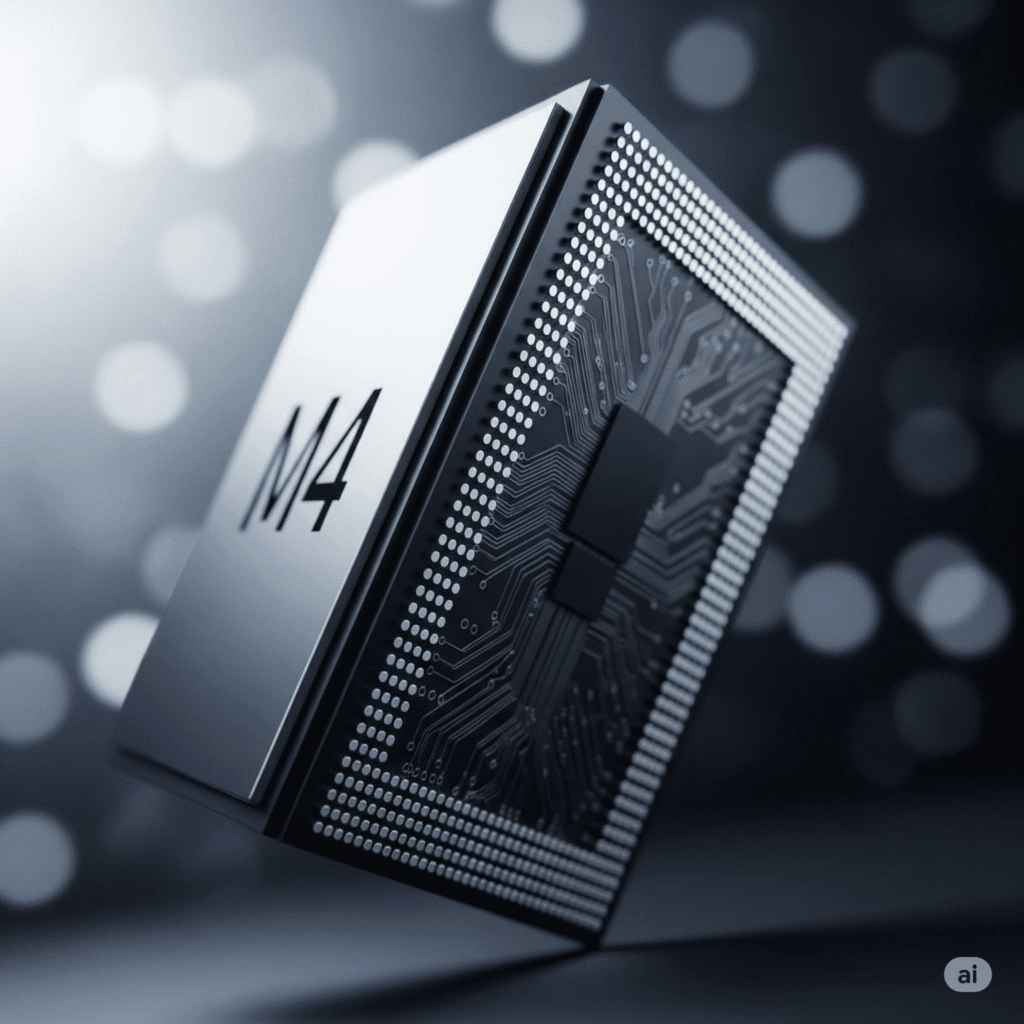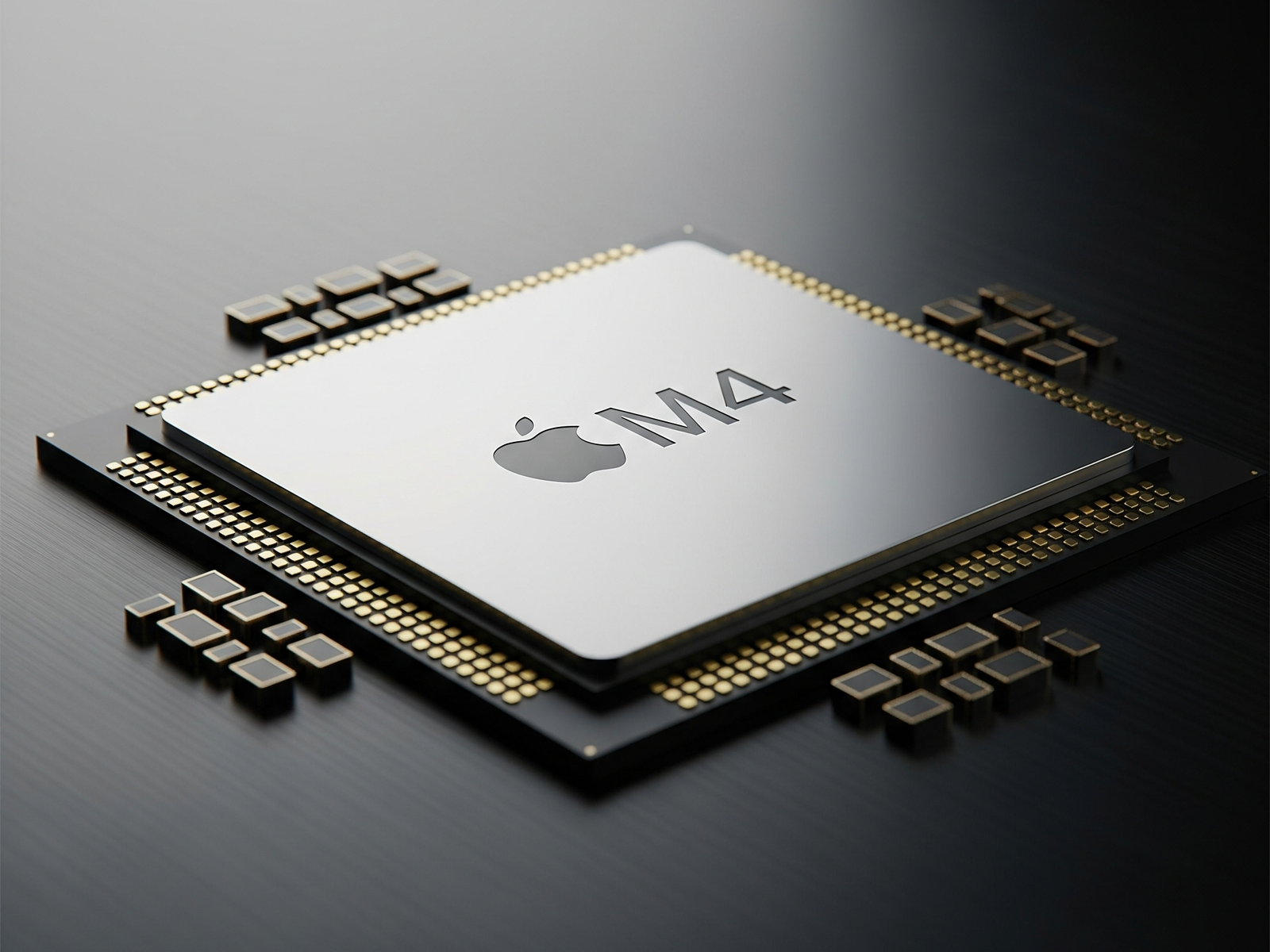
The Apple M4 brings Apple’s tight hardware–software integration to a new level, emphasizing performance per watt, advanced ray tracing, and a faster Neural Engine for on-device AI. Its rivals—Qualcomm Snapdragon X Elite, Intel Core Ultra (Lunar Lake), and AMD Ryzen AI 300—fire back with strong CPUs, capable integrated graphics, and increasingly powerful NPUs tailored for Windows Copilot+ experiences. The right choice depends on your platform, apps, and mobility needs.
CPU Performance & Efficiency
Apple’s M4 focuses on low-latency responsiveness and sustained efficiency within macOS, which you feel in timeline scrubs, code compiles, and quick app launches. Qualcomm’s Oryon cores in Snapdragon X Elite deliver impressive multi-threaded punch for thin-and-light laptops, especially when apps run Arm-native. Intel Lunar Lake modernizes x86 with new cores and deep platform power savings, while AMD Ryzen AI 300 (Zen 5) offers abundant threads and excellent everyday throughput.
Learn more: Apple Silicon overview, Snapdragon X Elite, Intel Core Ultra, AMD Ryzen AI.
Graphics & Creative Workloads
The M4 GPU supports hardware ray tracing, mesh shading, and Dynamic Caching, accelerating Final Cut Pro and Metal-optimized apps with remarkable efficiency. On Windows, AMD’s Radeon 800-series iGPUs (e.g., 890M) typically lead for iGPU gaming and viewport performance in many titles, while Intel Xe2 graphics on Lunar Lake close the gap for casual gaming and creator tasks. Qualcomm Adreno emphasizes efficiency and smooth UI with growing momentum in Arm-native creative tools.
Explore tools: Final Cut Pro for Mac, DaVinci Resolve, Adobe Creative Cloud.

AI Acceleration (NPUs & Real Workflows)
On-device AI now shapes photo cleanup, transcription, and assistive features. Apple’s Neural Engine integrates tightly with Core ML and Metal Performance Shaders, enabling efficient runs of vision and language models inside macOS and iPadOS. Windows Copilot+ leans on NPUs from Qualcomm, Intel, and AMD to process tasks locally with low power draw. Your experience hinges on app support: Photoshop’s generative features, Resolve’s AI tools, and ONNX/DirectML pipelines benefit when they hit a well-optimized NPU path.
Developer docs: Apple Core ML, Microsoft ONNX Runtime, DirectML.
Memory Architecture & Responsiveness
Apple’s unified memory architecture (UMA) gives CPU, GPU, and Neural Engine a single high-bandwidth pool—reducing copies and boosting responsiveness in mixed workloads. Lunar Lake brings on-package LPDDR5X to cut latency and improve efficiency; AMD and Qualcomm also use fast LPDDR5X, with platform tuning aimed at sustained battery life and quiet thermals.
Background: What is unified memory?
Battery Life & Thermals
If you prioritize silence and long unplugged sessions, all four platforms deliver—just differently. M4 devices are known for whisper-quiet sustained performance. Snapdragon X Elite targets fanless or near-silent designs with standout endurance in Arm-native apps. Lunar Lake emphasizes instant wake and idle sipping, while Ryzen AI 300 balances strong CPU/GPU performance with competitive efficiency in thin-and-lights.
Learn more: Windows Copilot+ PCs.
Buying Guidance (Quick Picks)
- macOS creators/devs: Choose Apple M4—especially in MacBook Pro—for top-tier perf/watt, ray tracing in Metal apps, and seamless pro workflows.
- Windows, Arm-native stack & mobility: Snapdragon X Elite for battery-first productivity and quiet operation.
- Windows, broad x86 compatibility: Intel Lunar Lake for minimal app friction and a strong NPU for Copilot+.
- Windows, iGPU gaming + creation: AMD Ryzen AI 300 for the best integrated graphics with robust CPU performance.
Conclusion
There’s no single champion—only the best fit. If your life is Final Cut, Logic, Xcode, and Core ML, Apple M4 is the most cohesive and efficient choice. If you want Windows with great stamina, Snapdragon X Elite excels when apps are Arm-ready. For the widest compatibility and modern efficiency, Intel Lunar Lake stands out. And if you need Windows performance with credible iGPU gaming, AMD Ryzen AI 300 delivers exceptional balance. Match the chip to your platform, apps, and battery priorities, and you’ll win the real performance showdown—your daily workflow.




